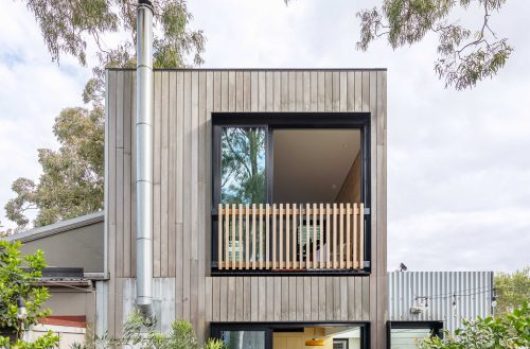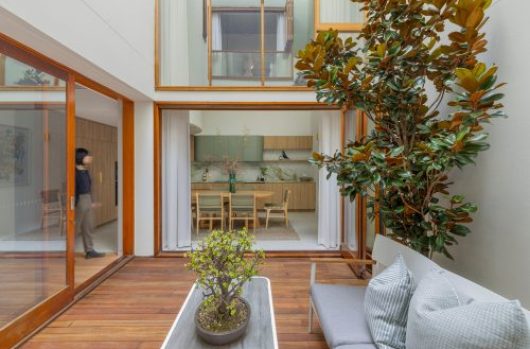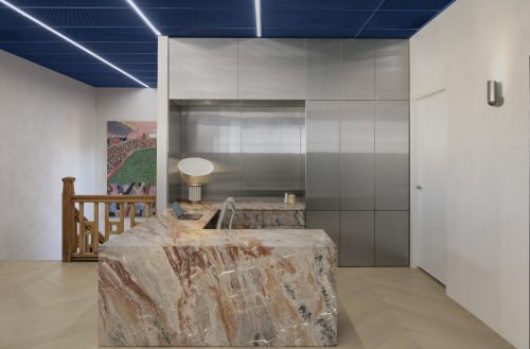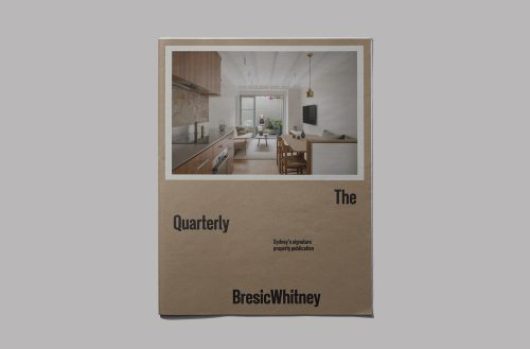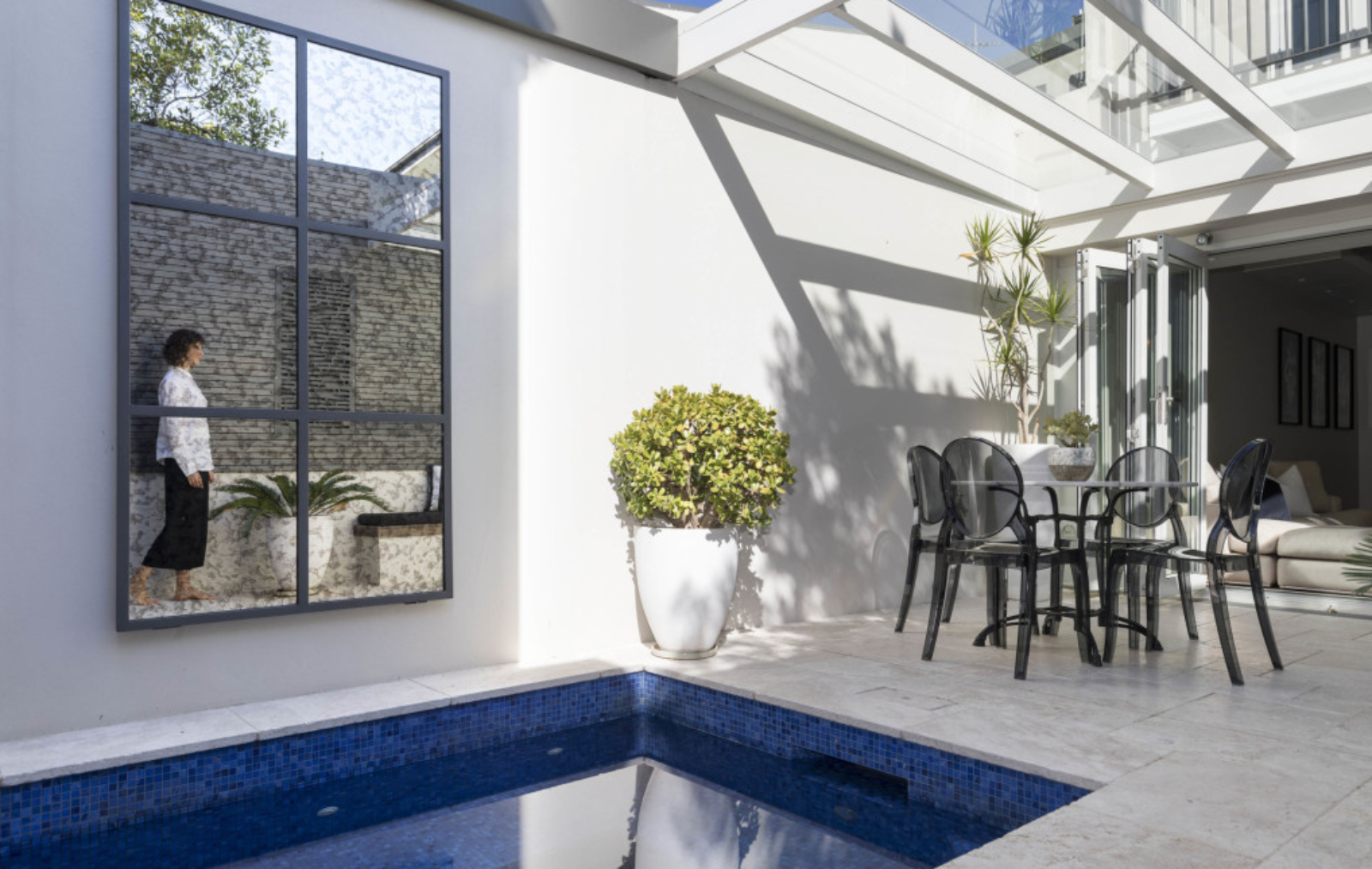
Sydney prices are dropping, but where?
With Sydney house prices undergoing corrections and price drops, the property market is having its cryptocurrency-like moment. Some patterns make sense. Others, no one saw coming.
But as we reported a year ago, house prices do drop, particularly at the end of each boom. In the upswing, some areas rose steadily at nearly 10% a year for the past five years.
The Inner West was one of those beneficiaries. Until the recent boom, it was considered undervalued with most of its suburbs lying within 10km from the CBD. Prices rallied with gusto.
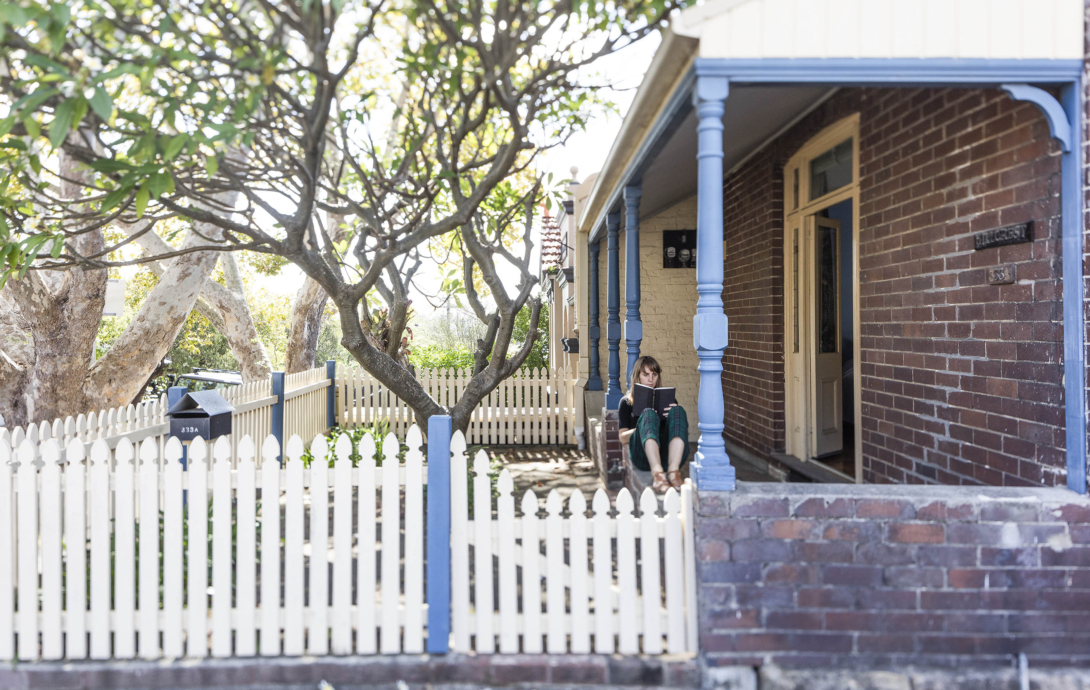
Now, it’s surprising people with house prices falling since July last year, according to data from property research group CoreLogic. Like with other post-boom periods, stock market patterns, cyber coins… what goes up comes down.
“Generally the areas in which we have seen the larger falls have been those that have seen the strongest run-up in values during the growth phase,” CoreLogic executive Tim Lawless says.
“House prices may have come down 9.2% over 12 months in the Inner West, but that comes after prices have been rising on an annual basis over the past five years at 9.8% – that’s a really long period of growth.”
To some it’s inconceivable that these new darling suburbs would fall. But no segment of the market is immune. On the CoreLogic numbers, Sydney house values dropped 8.8% in the 21 months after the early 2000s boom, and 11.1% in 18 months after 1988-89. Within that, certain sectors fared worse.
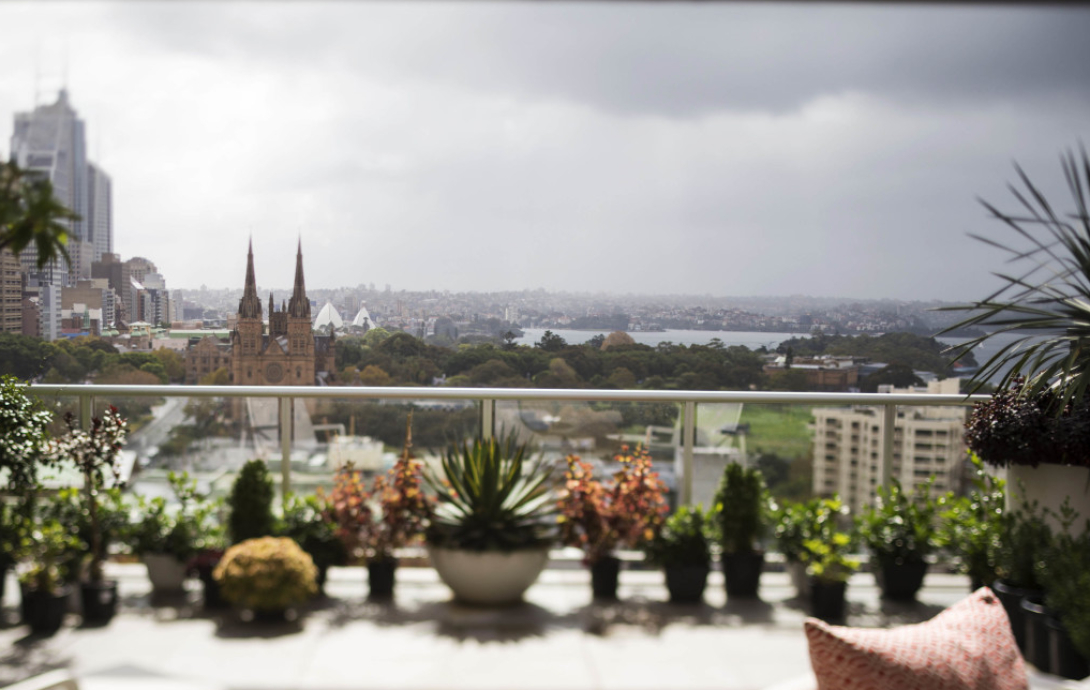
Today’s property cynics have been predicting falls for years, especially in the medium to high-density sector. Apartments are coping ok so far, but with many new developments still to reach completion, settle, and the real value of these apartments to crystalize, is there more price slippage to come?
House values, by region (year to March ’18)
Inner West -9.2%
Ryde -6.8%
Eastern Suburbs -3.6%
Houses in the City, Inner South and Inner West regions saw the biggest falls while Inner West apartments charted barely a glitch.
“That is another trend we’re seeing across the whole of Sydney,” Tim says. There is new demand coming into more affordable sectors of the market, probably being supported by the surge of first homebuyers with the stamp duty concessions that are available to them at the moment.
“And also because affordability constraints are pushing more demand into that medium to high density sector where prices are more in reach of a broad segment of the market.”
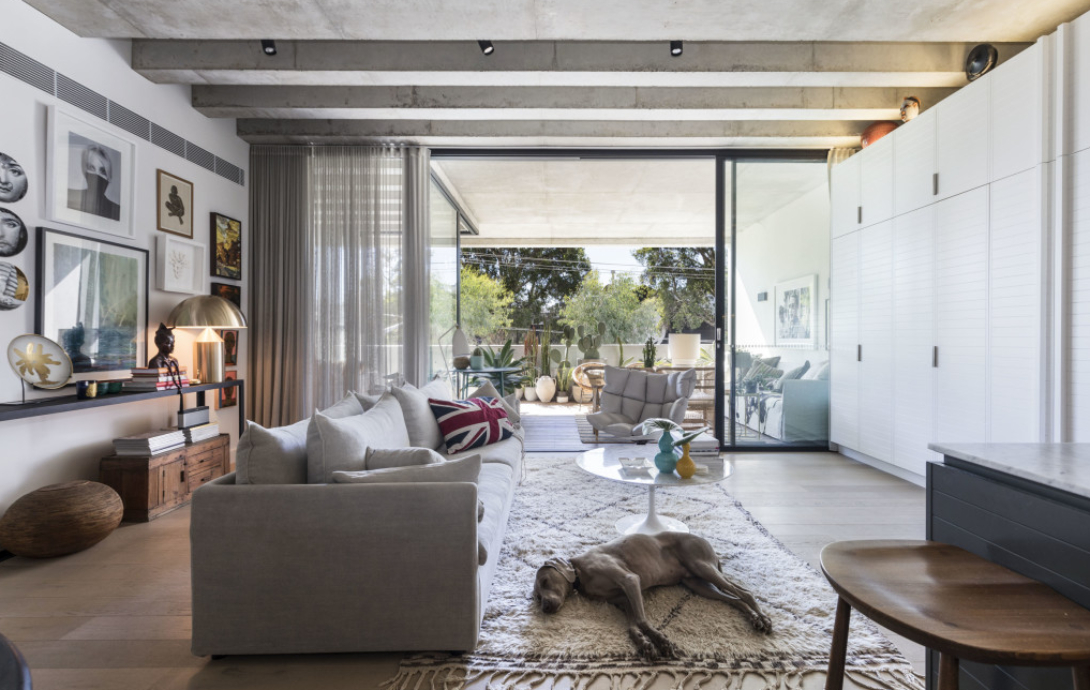
In a market where houses have become unaffordable for many, is demand continuing, or do the figures not reflect real results yet? Agents on the front lines of Sydney selling might not be so optimistic.
Take newly densified areas such as Waterloo, Rosebery, Alexandria, Erskineville or Dulwich Hill. They fit the ‘safe’ checklist for apartment buyers being close to the city and on transport links. They have touches of owner-occupier appeal.
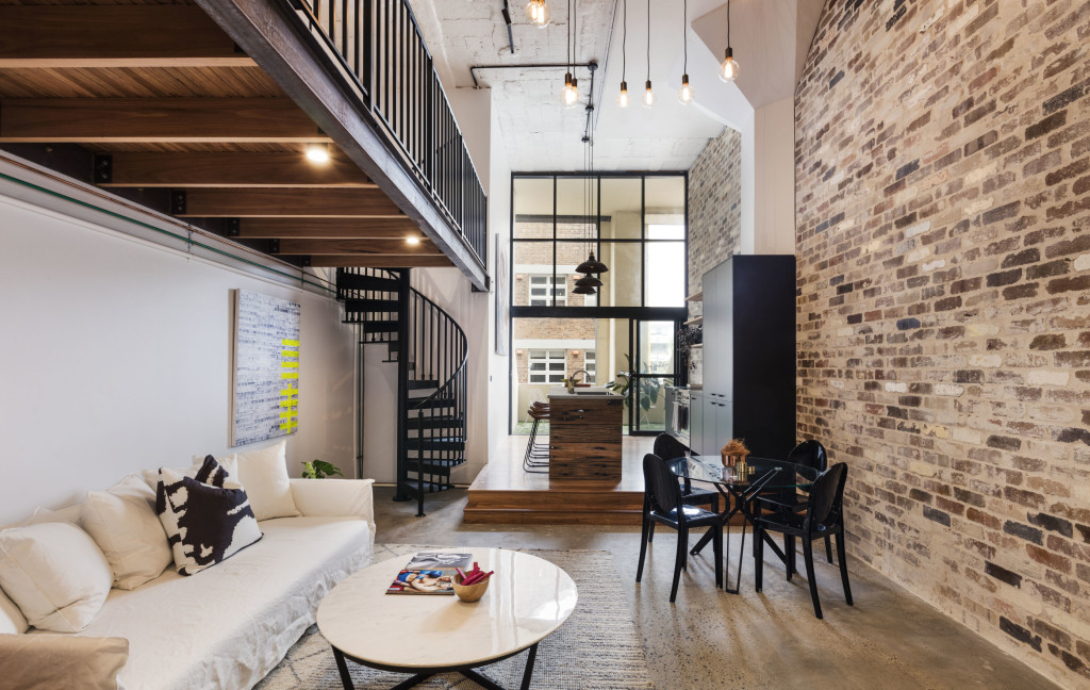
But let’s not speak too soon. We’re still midway through this development and construction boom for Sydney apartments. Buying off the plan has stopped. The risk takers have walked away. Buying with future values in mind is finished. Try finding an agent who is confidently selling this stock in volumes. There aren’t any.
This boom was also all about the south and west of the CBD. As the Inner West grew 10% each year, the East grew about 3% – that’s 2 different peaks from which to fall. A forerunner of densification in Sydney, the East has been more resilient at holding its value as the market moves into a new cycle.
“That trend towards densification is really well established in the East with medium to high density housing the norm. Owner-occupiers want to live in those areas so demand is going on really strong,” Tim says.
“However the annual rate of house growth over the past 5 years has been slower, so the run-up has been more moderate.”
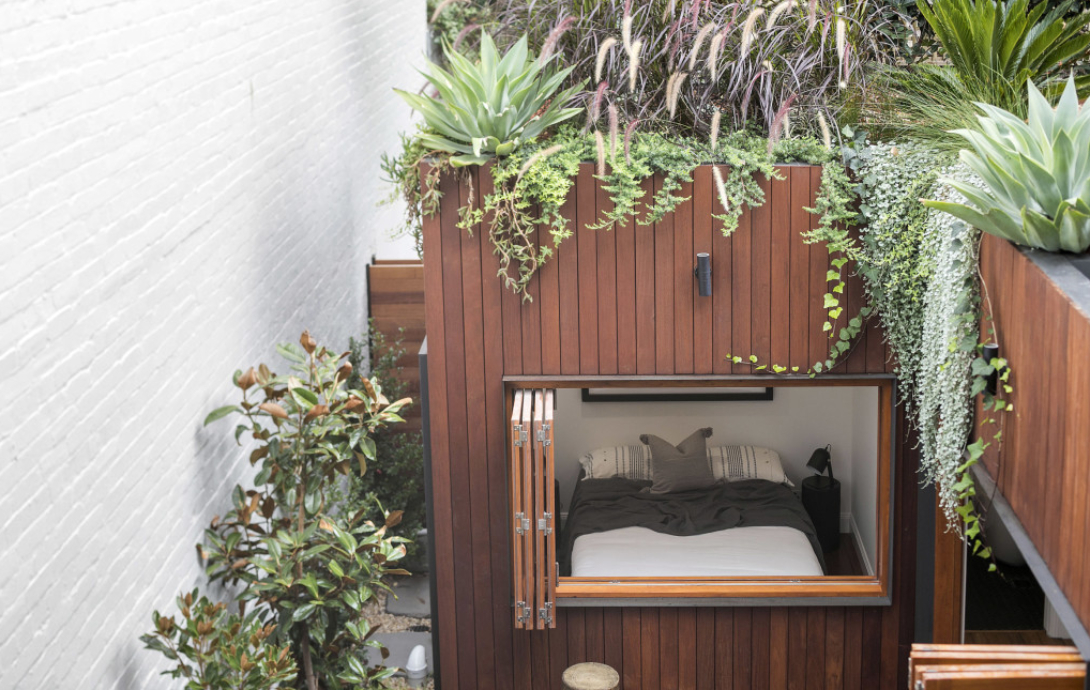
People are also forgetting about these two separate markets, and how they affect our behaviour. Say you had a house/terrace in the Inner East five years ago worth $1.6 million. It grew 3% a year and now that type of stock fetches $1.8 to $2 million.
An Inner West house/terrace that was worth $1 million 5 years ago grew faster at 10%. Now they’re fetching $1.7 to $1.9 million. Properties in these two areas are closer in value than they ever were before the boom.
In the upswing, these people were chasing value and pockets of Sydney that were previously dismissed, suddenly became popular for both owner-occupiers and investors. The Inner West came a long way in desirability and lifestyle offerings but now, those driving the values are rethinking their allegiance in the face of new price points.
The market is asking itself new questions about value. In the upswing the question was, ‘Where can I find value?’ Now, the question is, ‘Does this offer the value it once did?’
Apply that to any corner of the Sydney market. The answers now come back as broad as cryptocurrency opinion.
